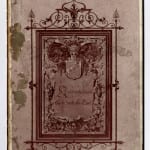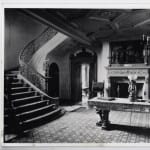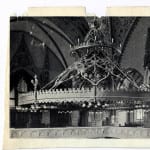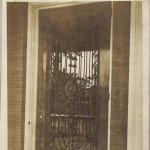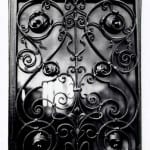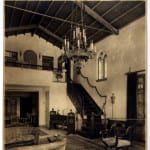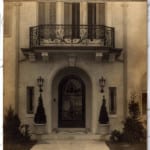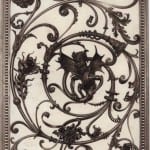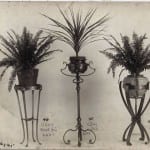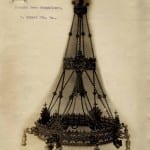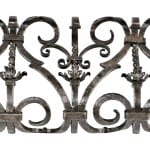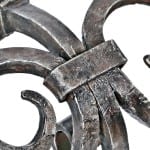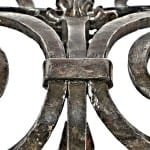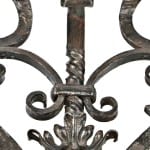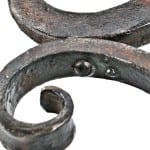19th century ferdinand kieckhefer mansion wrought iron railing - executed by cyril colnik - joins bldg. 51 collection
This entry was posted on March 22 2016 by Eric
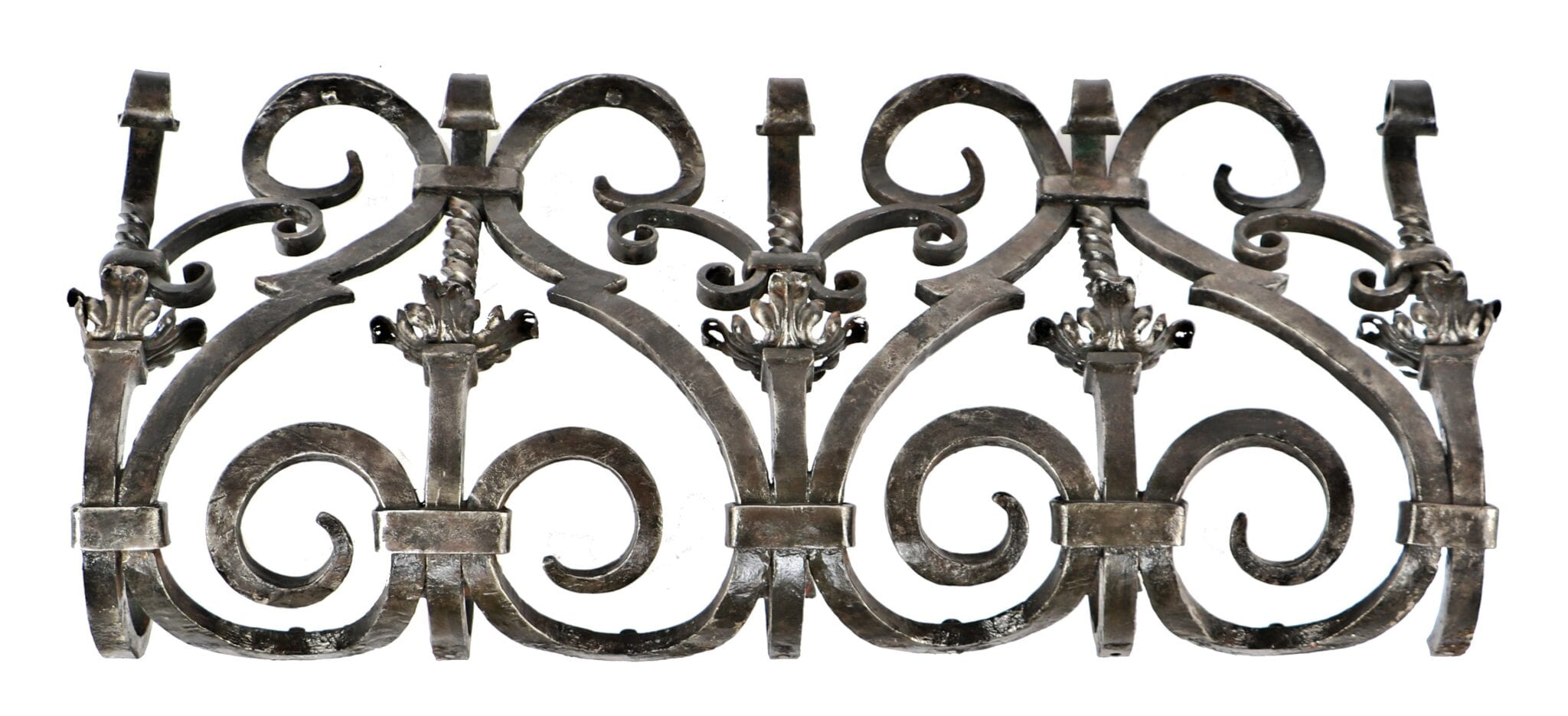
an exceptional and historically important hammered wrought iron railing section, executed by "the tiffany of wrought iron masters" is the latest of the bldg. 51 museum collection's recent acquisitions. the heavily ornamented, strapped and riveted wrought iron artifact was crafted by milwaukee's historic and premier iron worker, cyril colnik, for a non-extant mansion on wisconsin avenue. colnik's work was mentioned previously, in a blog post devoted to the otto strack-designed german baroque mansion, built for joseph b. kalvelage in 1896.
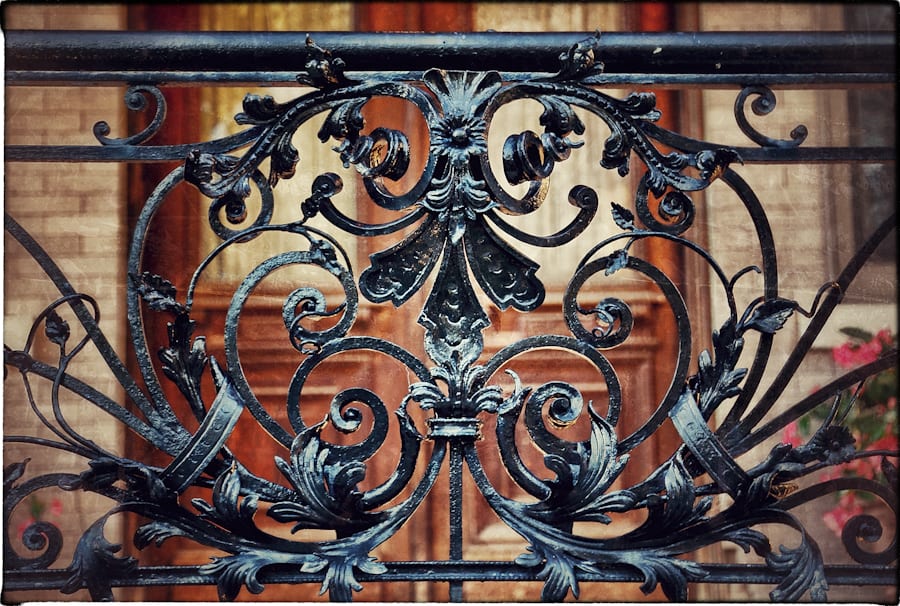
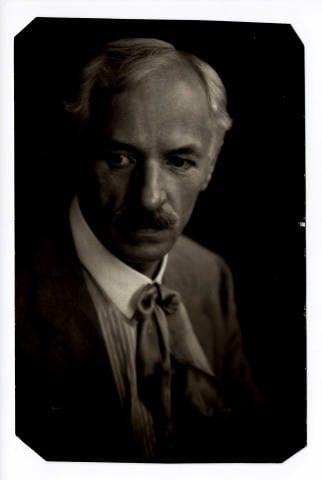
cyril colnik (1871-1958) was an austrian immigrant who began his blacksmithing career apprenticing in vienna, and studied throughout europe. he arrived in the united states in 1893 for the world's fair to help the german government with their ironwork exhibits. it was at this time that colnik traveled north to visit milwaukee, and found a multitude of work among the city's german elite (dubbed "48ers" for having arrived in 1848), many of whom had amassed fortunes as industrialists and merchants. colnik's clients included the beer barons frederick pabst and herman uihlein, and his work appeared popularly as intricate grates, balustrades, chandeliers, grilles, architectural ornament, and other decor for public buildings and mansions. colnik worked from his milwaukee-based iron shop for over fifty years, until his retirement in 1955. while in business he employed up to 25 people, and completed several out-of-state commisssions, including the insul and ryerson homes in chicago. the only piece of work which colnik signed is an escutcheon done in repousee, a technique widely used in europe requiring great skill.
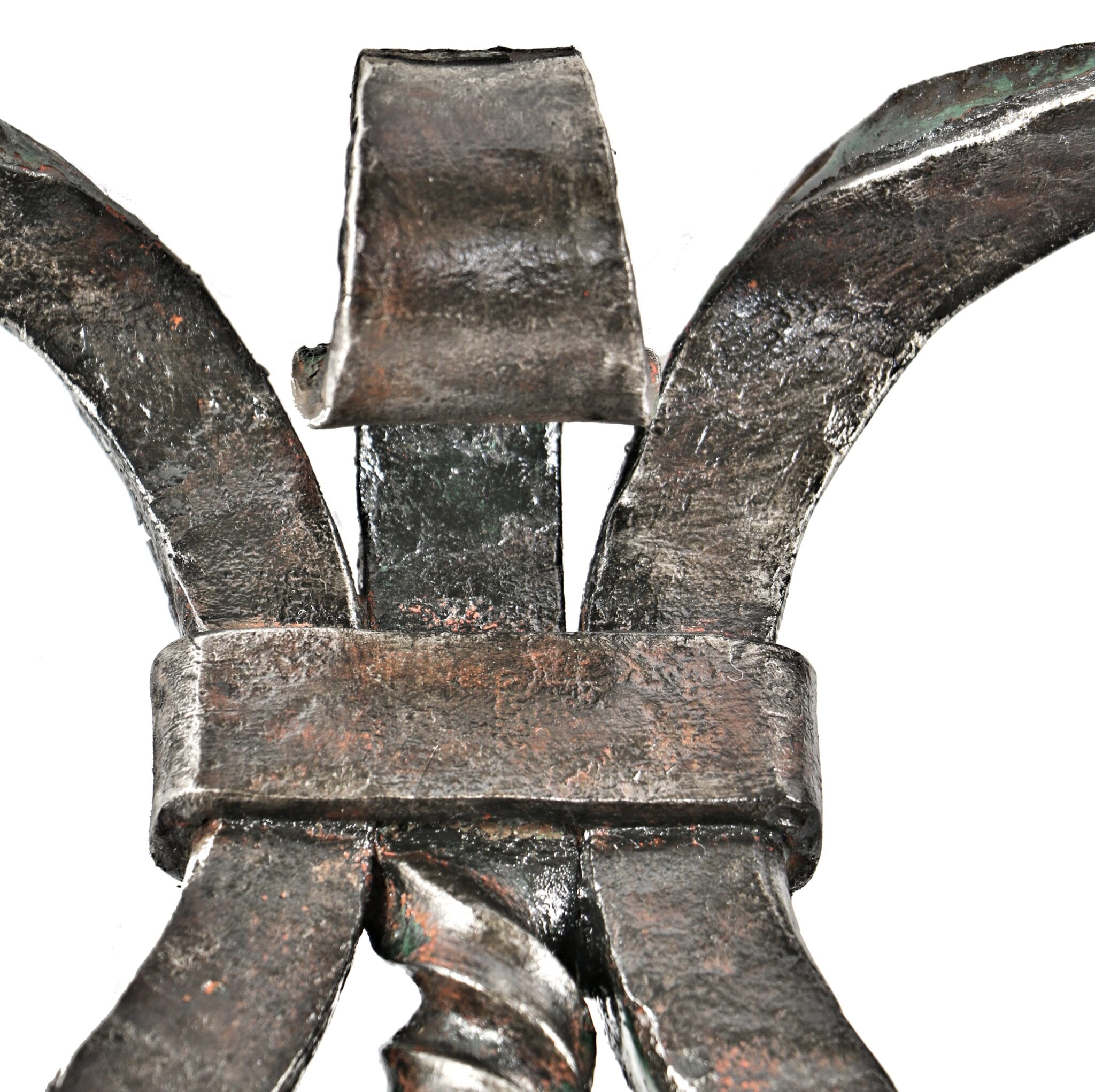
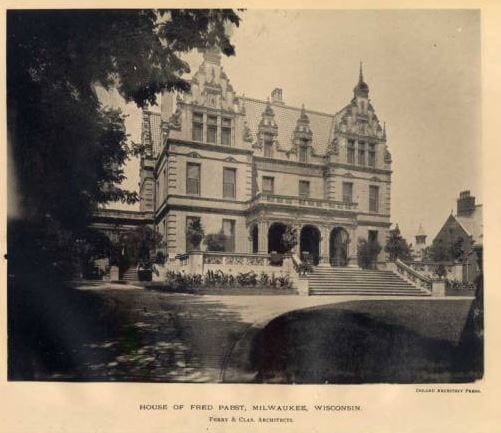
today, colnik's ironwork is relatively rare, having deteriorated or disappeared except for in museum collections and select areas of milwaukee. the pabst mansion still contains examples of colnik's ironwork, as does the villa terrace decorative arts museum.
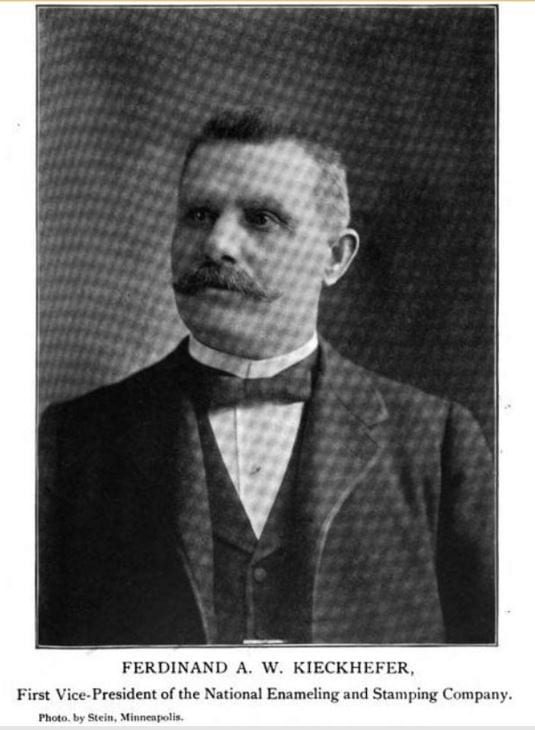
this custom ironwork entering the collection was fabricated for the residence of ferdinand kieckhefer, a leading manufacturer who, according to a 1902 publication, practically controlled the output of enamelware in the united states. 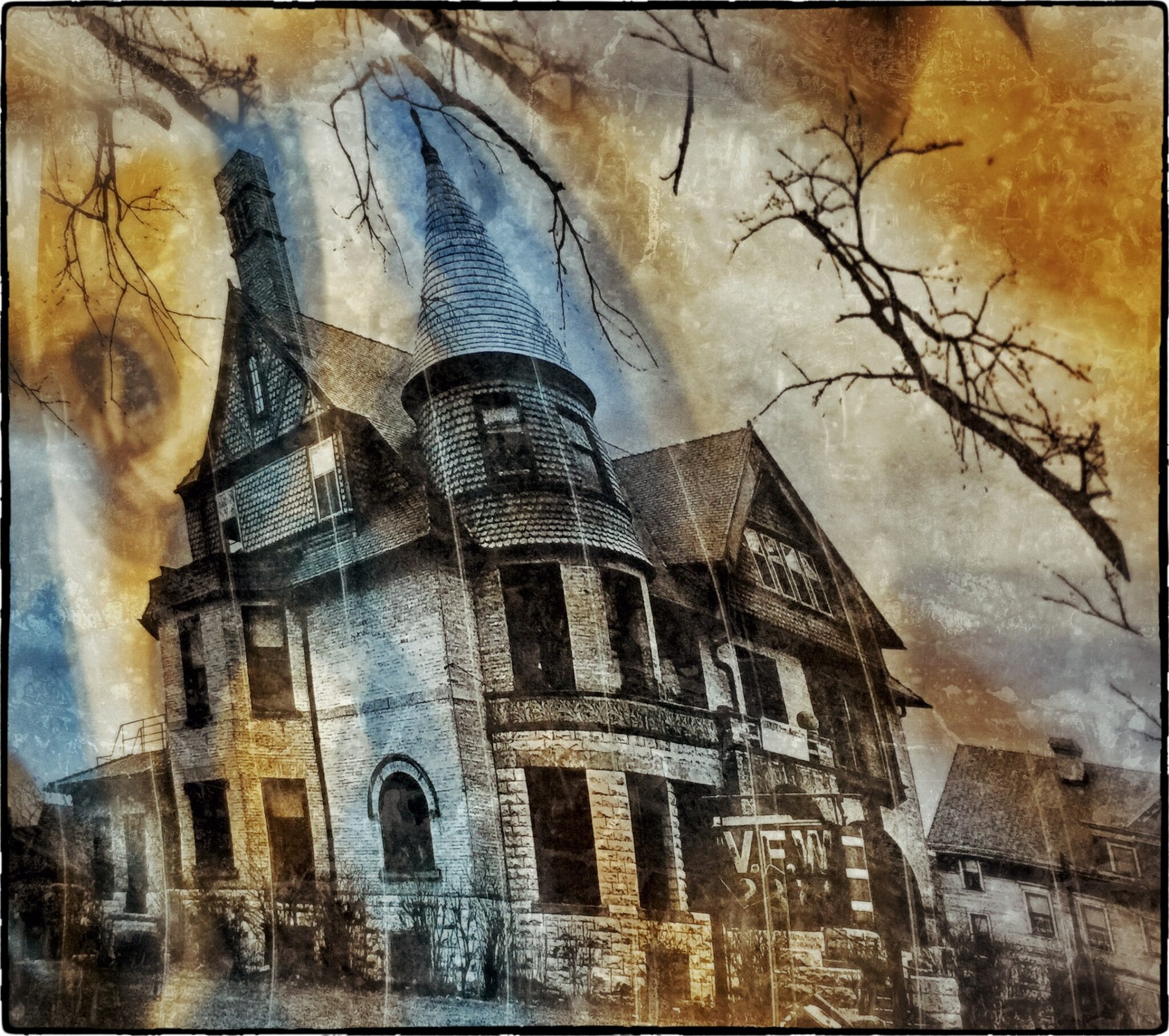
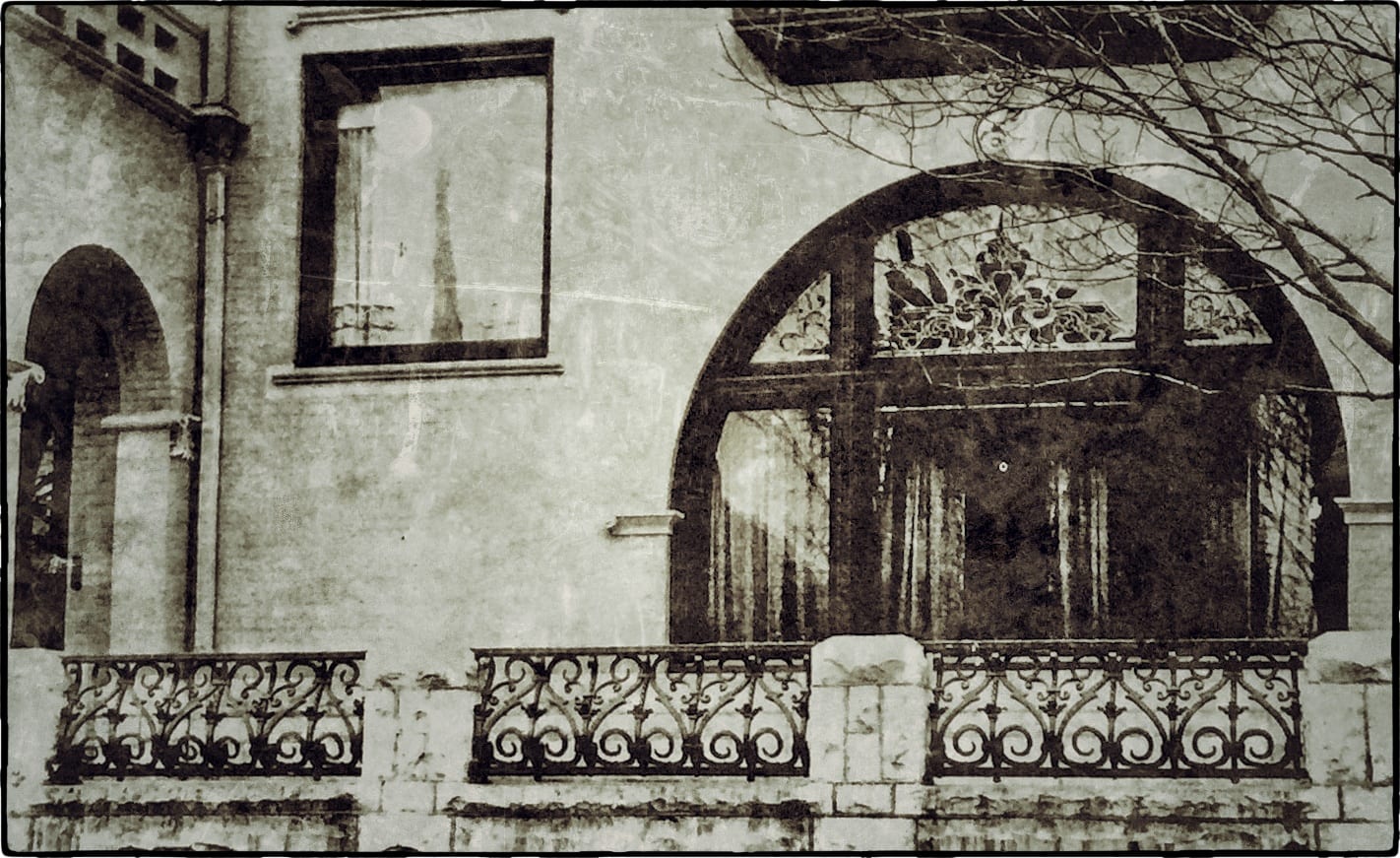
kieckhefer began an entrepreneur, opening a hardware and tinware shop before going into manufacturing. in 1899 his enterprise was successful enough that he purchased all interests in the company and merged with five other of the largest tinware and enameled-ware manufacturing establishments in the country to become the largest in the world. the kieckhefer plant in milwaukee was five stories, and covered fifteen acres, employed 1200 people, and produced $3 million worth of tin and enamelware per year. kieckhefer also made a number of inventions and improvements to the machinery used in the factory.
the gilded-age mansion that kieckhefer commissioned on wisconsin avenue was built by the firm of ferry and clas, the same architects who executed the pabst mansion, and a number of other historic buildings throughout the state.
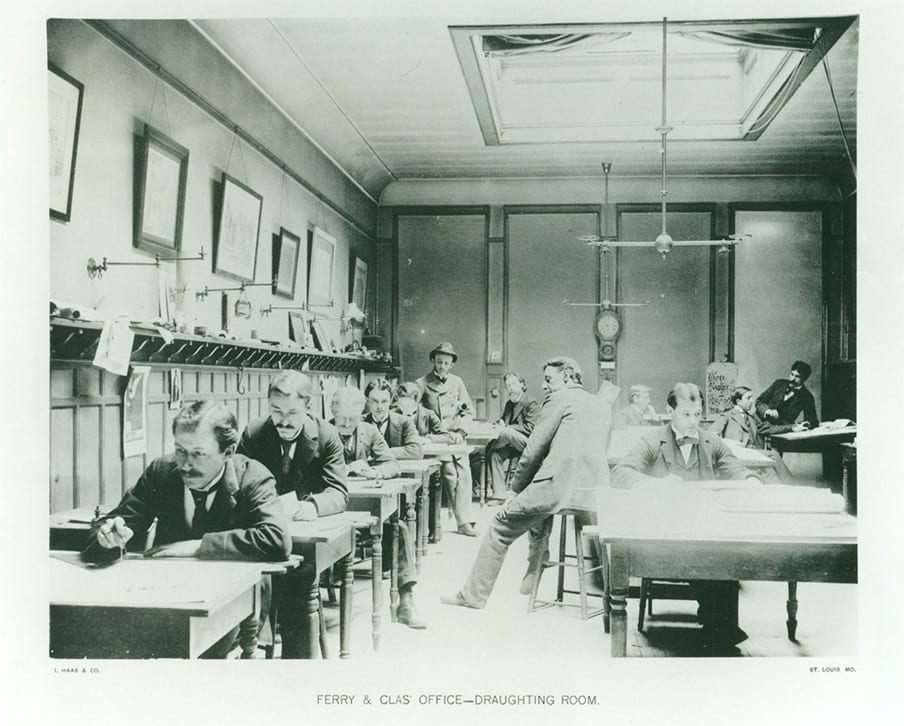
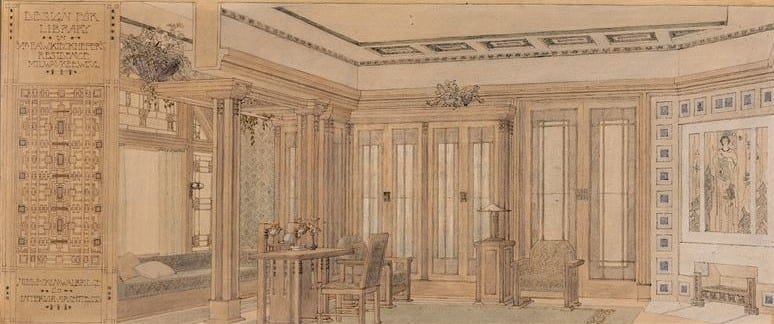
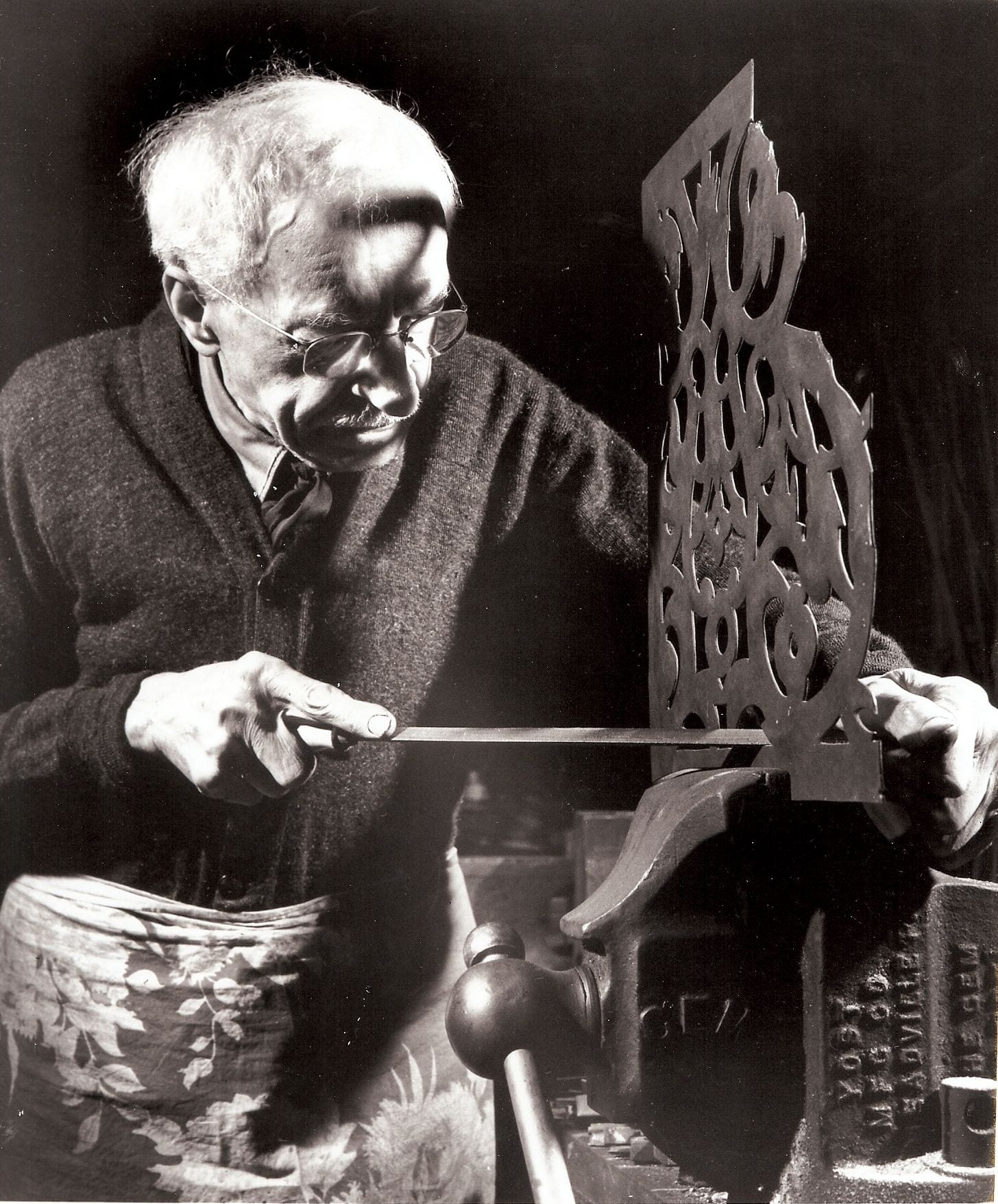
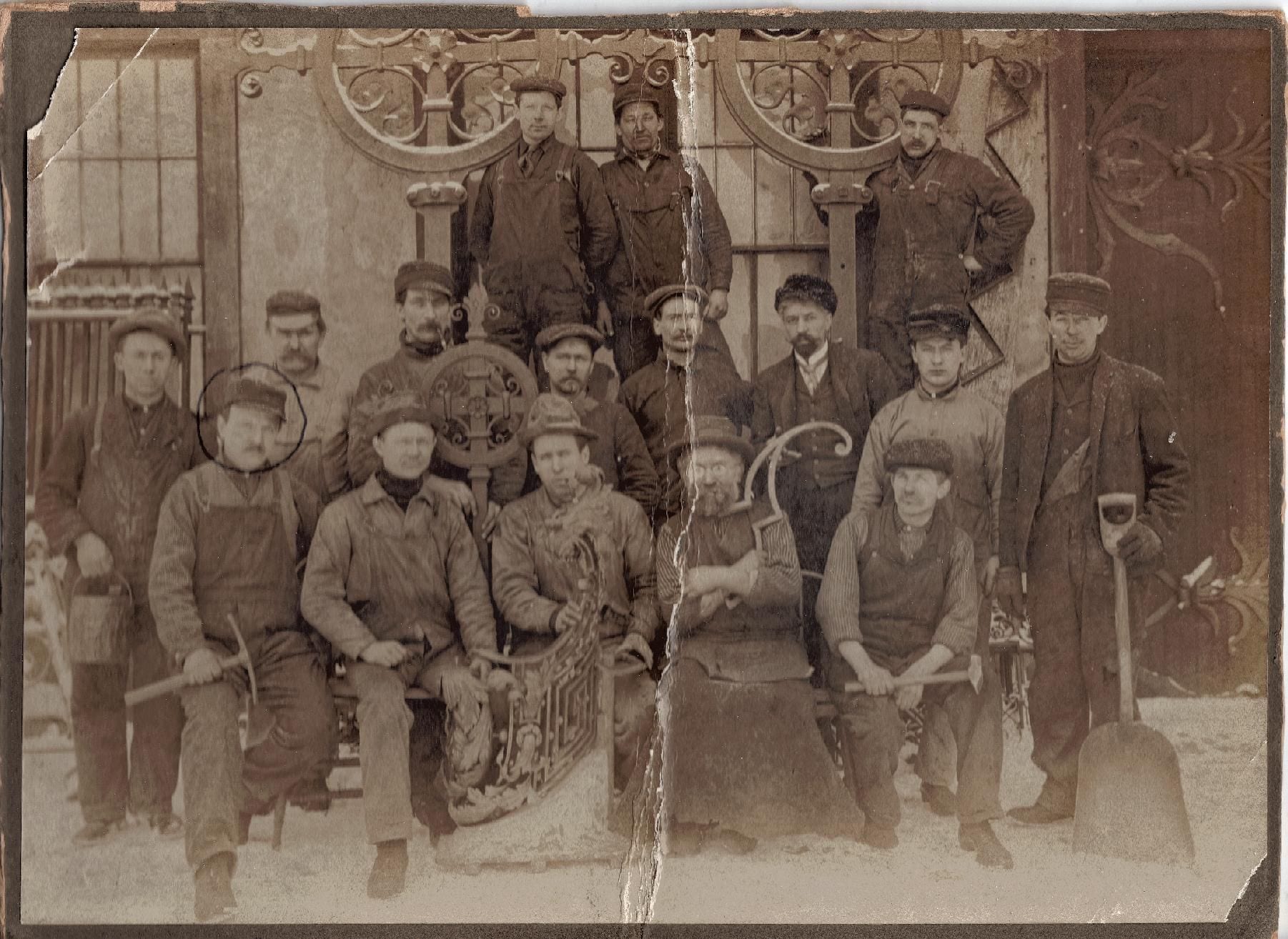
This entry was posted in , Miscellaneous, Bldg. 51, New Products, Events & Announcements, New Acquisitions, Featured Posts & Bldg. 51 Feed on March 22 2016 by Eric
WORDLWIDE SHIPPING
If required, please contact an Urban Remains sales associate.
NEW PRODUCTS DAILY
Check back daily as we are constantly adding new products.
PREMIUM SUPPORT
We're here to help answer any question. Contact us anytime!
SALES & PROMOTIONS
Join our newsletter to get the latest information


